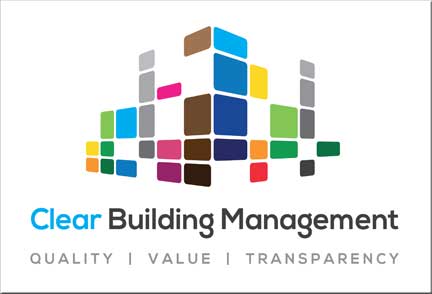
The National Audit Office has decided that it will cost £16.6 billon to sort the cladding crisis, and the misery will go on until 2035.
Up to 60% of high-rise flats with cladding have yet to be identified, and “risks” -read, near certainty – that taxpayers’ contribution to the cladding crisis won’t be capped at £5.1 billion.
What this means is more stress, uncertainty and financial loss for those who simply bought a flat in modern Britain.
Government should publish a target date for ending cladding remediation – NAO press release
Up to 60% of buildings with dangerous cladding have not yet been identified & remediation for buildings within government’s portfolio is slow.
Sales of flats remain stalled, insurance costs have risen even on buildings that have had building safety work and lives have been disrupted: mainly of the young and productive in our economy.
Together with the Grenfell report, the NAO findings are damning about the record of housebuilders in Britain, even though they queue up to lobby for more subisidies for legal triggery such as shared ownership retirement housing.
“MHCLG acknowledges there may be overlaps between its remediation programmes and wider government priorities, from decarbonisation to building new homes, and the National Audit Report report found MHCLG needs to do more to ensure that policies are not working at cross-purposes.”
What about making the housebuilders pay?
“The report found, in total, it will cost an estimated £16.6 billion to fix unsafe cladding on all buildings over 11 metres in England. MHCLG expects to provide £9.1 billion of this, with the remainder funded by developers who have agreed to remediate buildings they developed, private owners or social housing providers.
“To keep taxpayer contributions within a £5.1 billion cap over the long-term, MHCLG plans to recoup £700 million through refunds from developers for remediation works the taxpayer has already funded, and around £3.4 billion from a new Building Safety Levy. The Levy will be paid by developers on new developments, though MHCLG is yet to confirm payment mechanisms. It does not expect to introduce the levy until autumn 2025 at the earliest.”
Meanwhile, one property insider has run off with £500,000 from the Building Safety Fund, and doubtless charges are pending.
End Our Cladding Scandal campaigners again pleaded for some basic government competence:
“There must be a cross-government solution – between MHCLG, the Home Office and the Treasury and a joined up approach with the Building Safety Regulator, local fire services and regulators and Homes England.”
The journalist Pete Apps, who wrote the highly acclaimed book on Grenfell, Show me the bodies, said of the NAO report in his substack https://substack.com/@peteapps
“It is probably the first thorough and honest assessment of the scale of the building safety mess the country faces, and how far we still have to go to clean it up.”
But he reckons, “on a conservative estimate”, that between 750,000 and 1m people are living in blocks impacted by the crisis (and that doesn’t even include people in below 11m buildings).
The whole sorry saga of the cladding crisis is “seven year story of non-starts, false starts, misunderstandings, confused priorities, competing objectives and a desperate failure to admit fault …
“We are, however, finally reaching a point where some sense is emerging: there is some sense of an overall direction of travel, coherence across the different funding schemes and a (theoretical) path to remediation for all buildings above 11m which does not involve the residents paying. We have never had that before.”
Nonetheless, progress is painfully slow with some building owners reluctant to acknowledge that they have an unsafe building, even though government cash is on the table. Apps talks about sticks being needed, as well as carrots.
Above all, government needs to be able to order works to be done, where building owners or developers are dragging their feet. Labour pledge something like this “in the days when Kier Starmer was willing to put his name to exciting ideas, but has since rowed back”.
Apps concludes – but please read the entirety of his substack report:
“The £16.6bn which will be spent on removing dangerous cladding is, in the end, the cost of not having enough red tape. If we’d banned combustible cladding when we should have in 1999, this money would be doing something else. At least £5.1bn of it would be available for schools, hospitals and teachers and the rest would be driving economic growth or lining the silky pockets of shareholders in major housebuilders, depending on your worldview.”
Dangerous cladding: the government’s remediation portfolio – NAO report
Up to 60% of buildings with dangerous cladding have not yet been identified & remediation for buildings within government’s portfolio is slow.





 Is the betrayal narrative over leasehold reform being over-played?
Is the betrayal narrative over leasehold reform being over-played?





















Clearly the above complete and utter shambles must be put right due to the real risk to life and emotional well being of those affected.
But here we go again!! Why are the Great British Public (Tax Payers) expected to subsidise or bailout those responsible for creating this totally avoidable mess?
In my opinion that disaster was caused by the insatiable greed of others to Maximise Profits regardless of safety or quality of build?
So, logic dictates that those responsible for the above should pay the Full cost to put matters right including compensation to those whose lives have been made a misery.
We all have basic Human Rights, will the Government defend its Citizens with regard to this latest National Scandal?